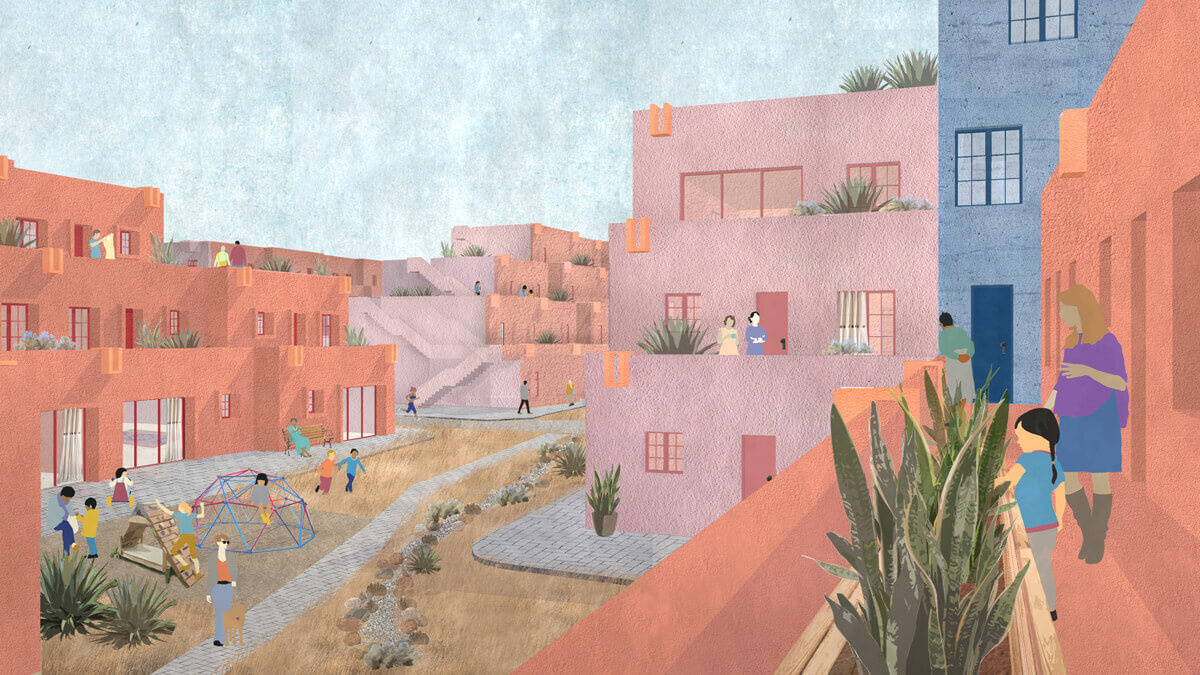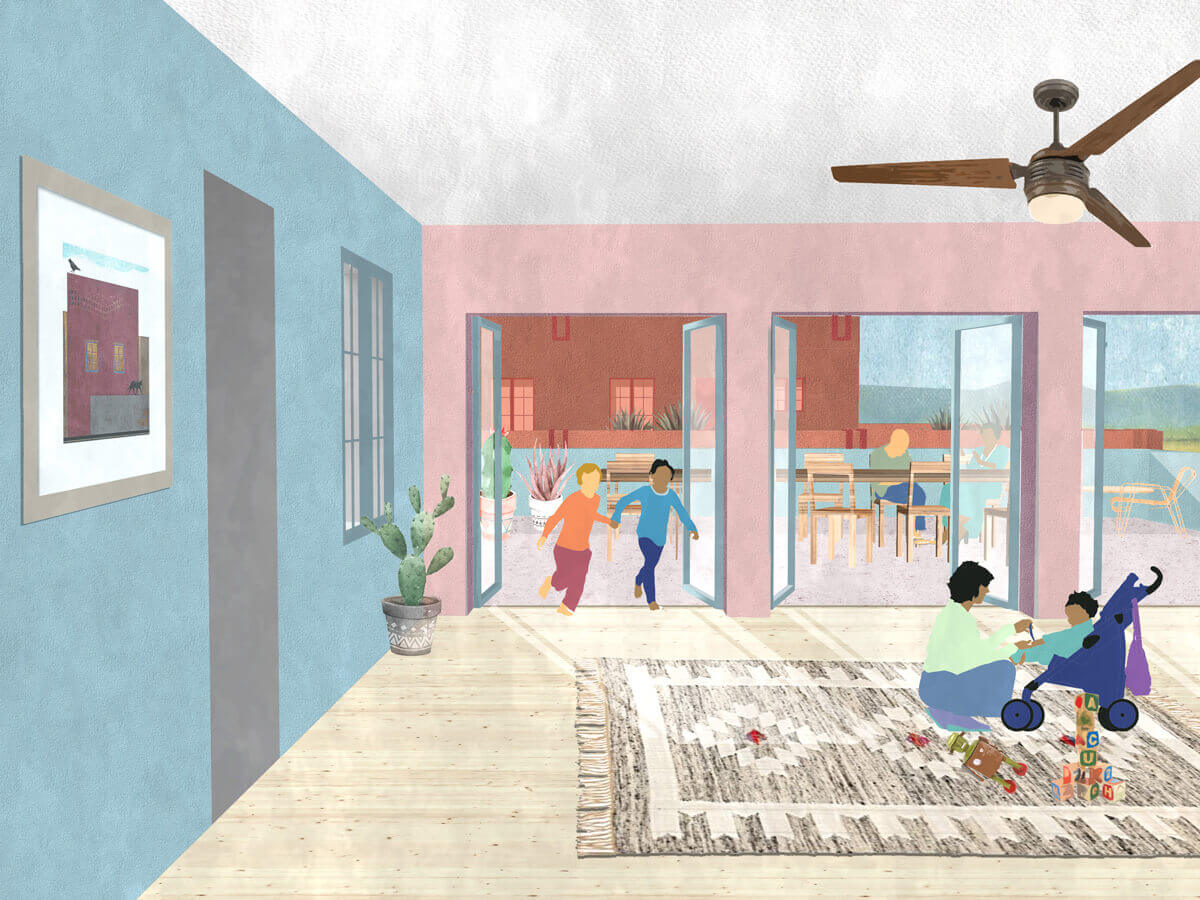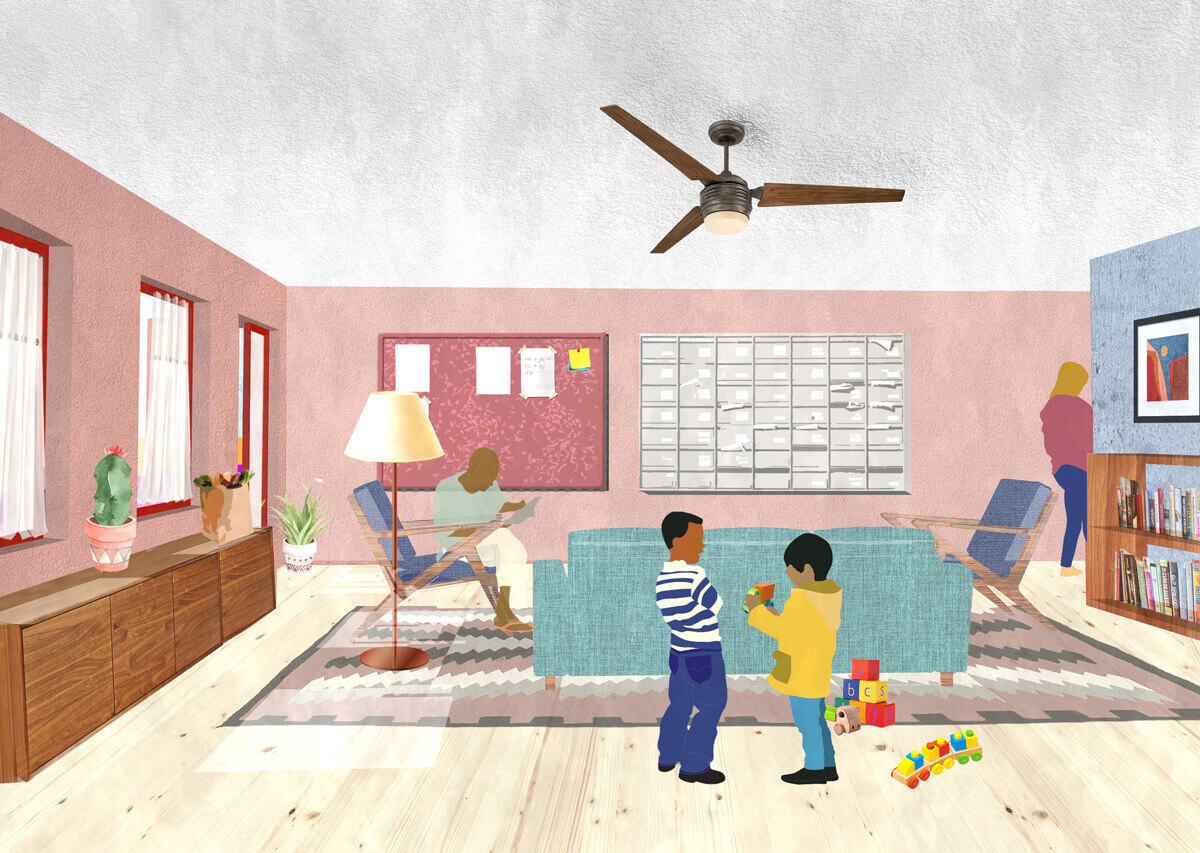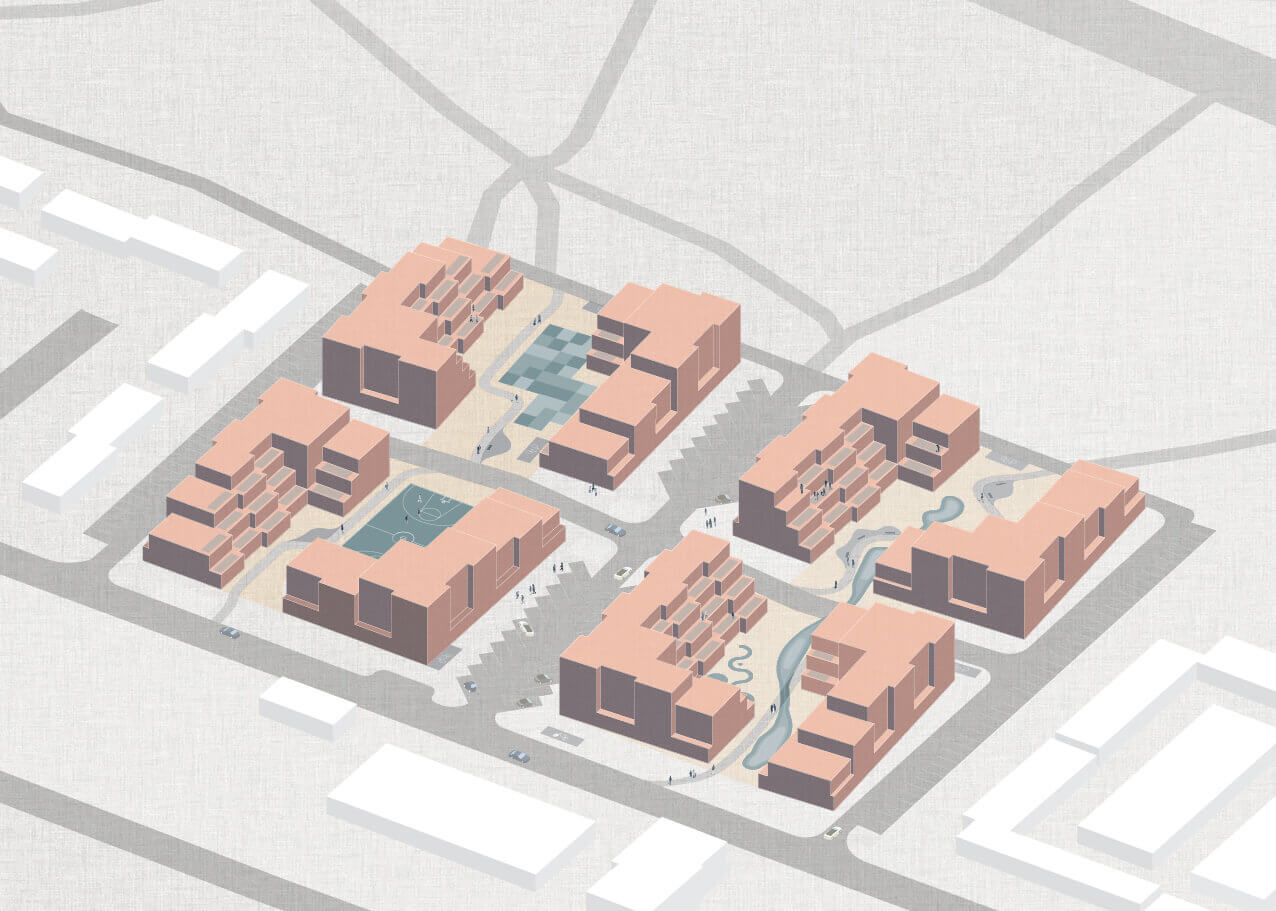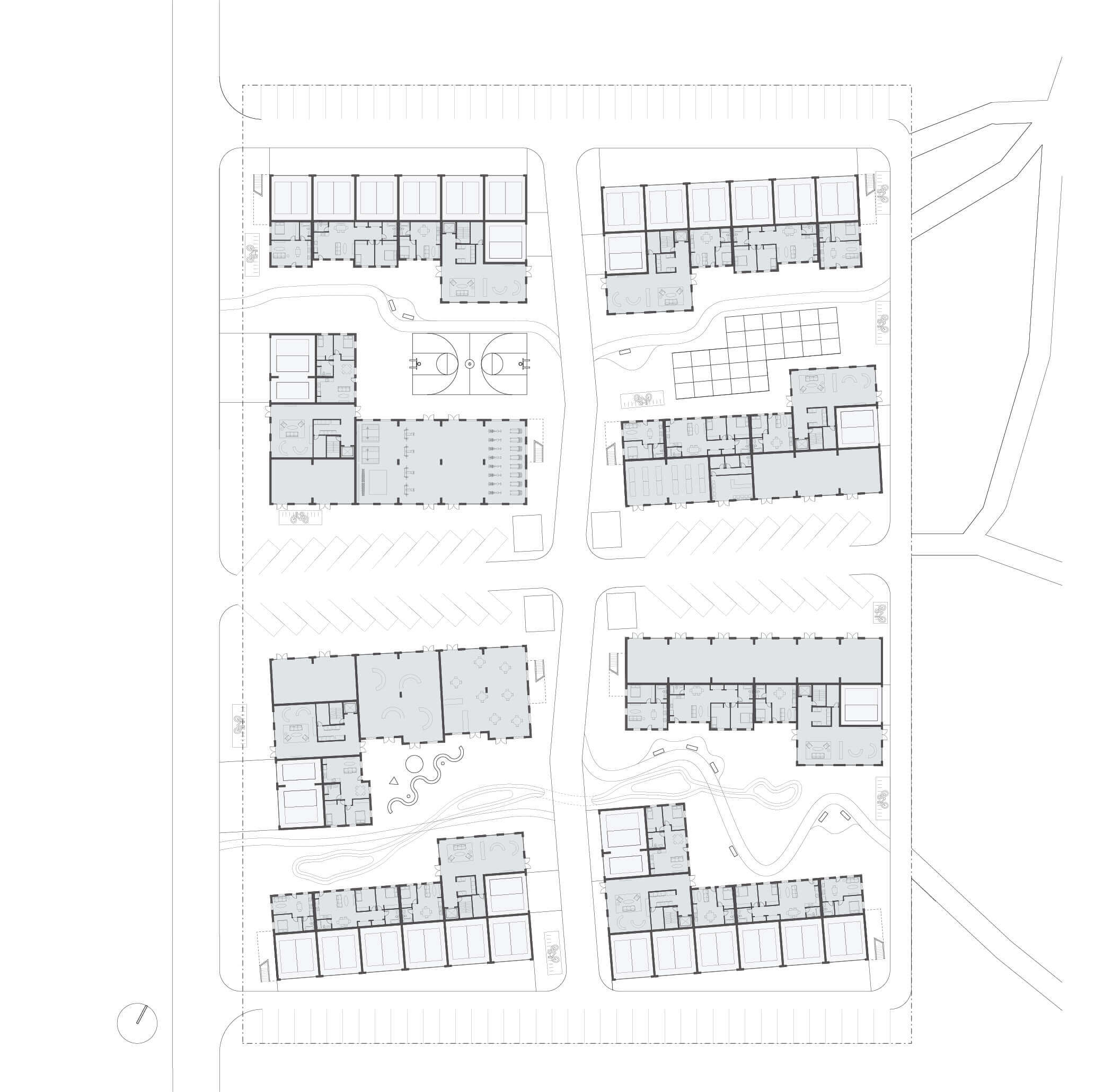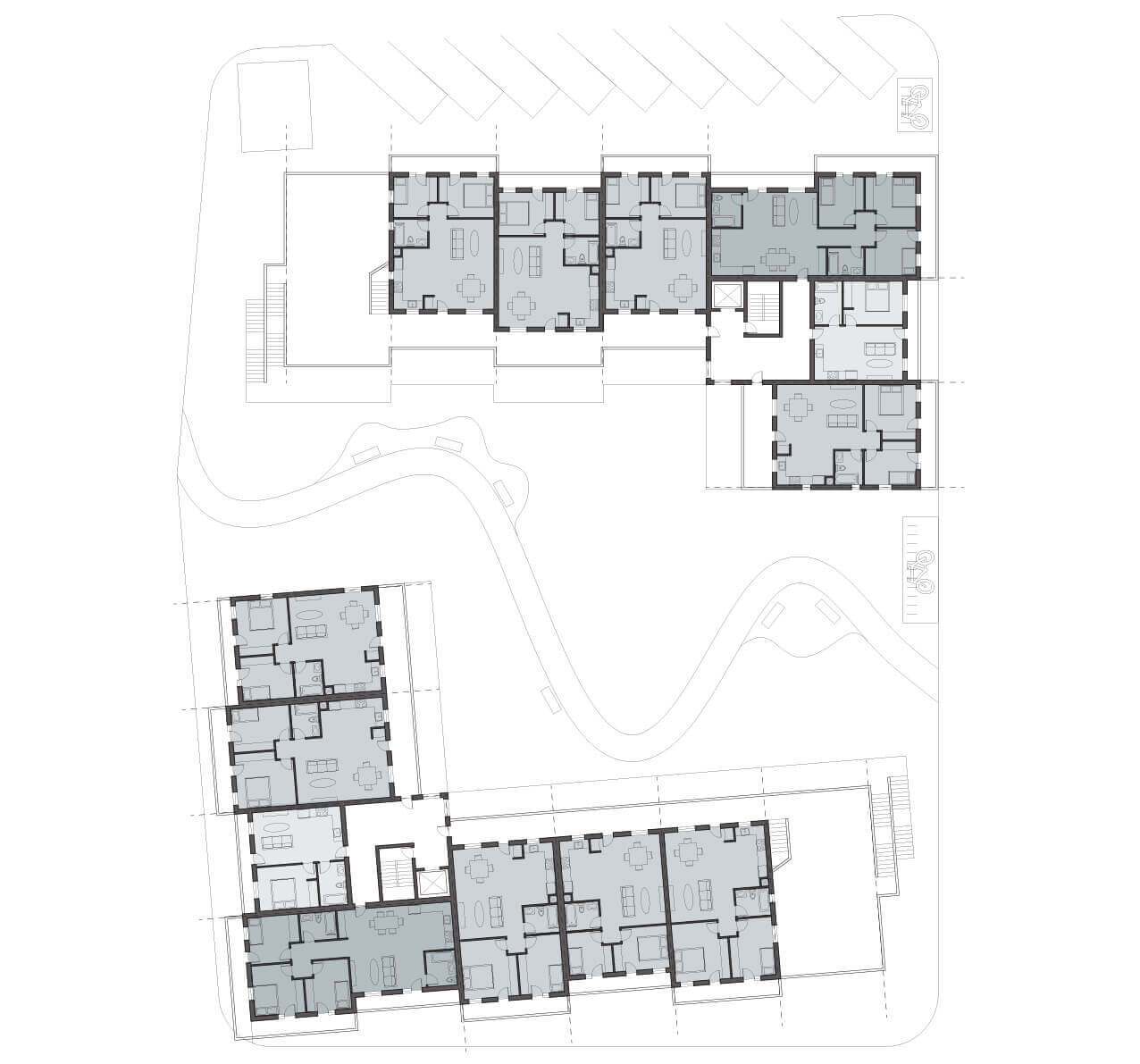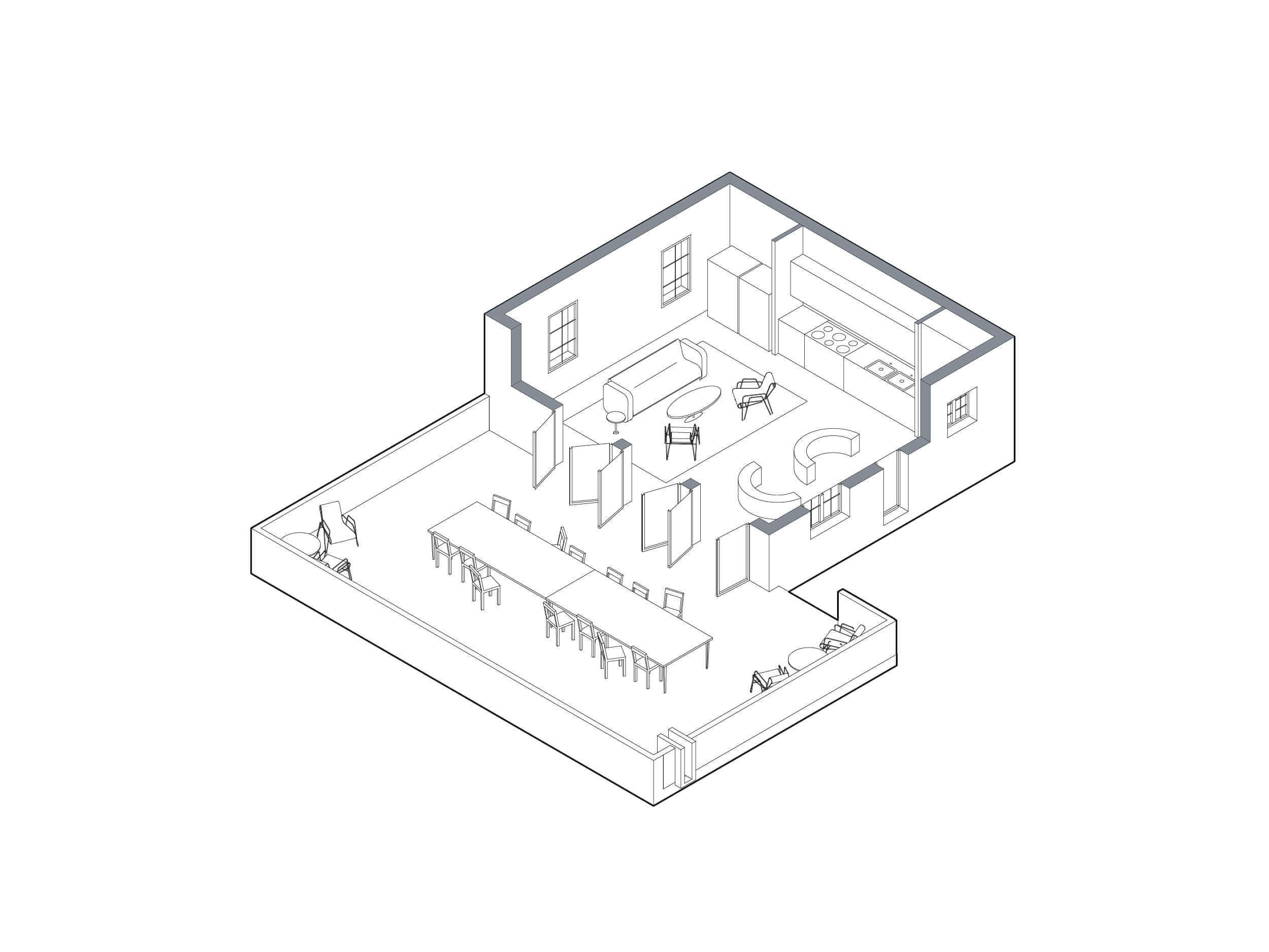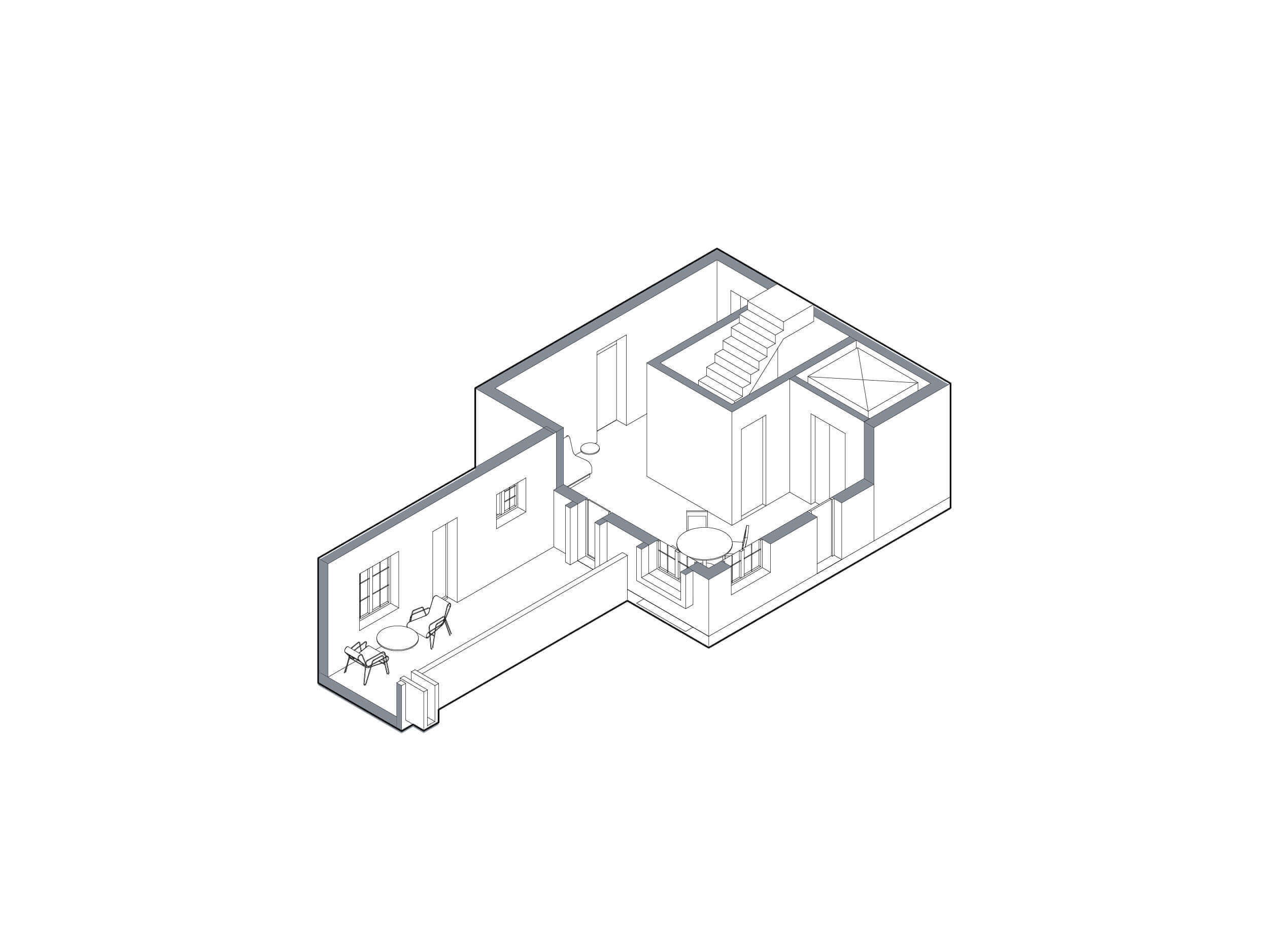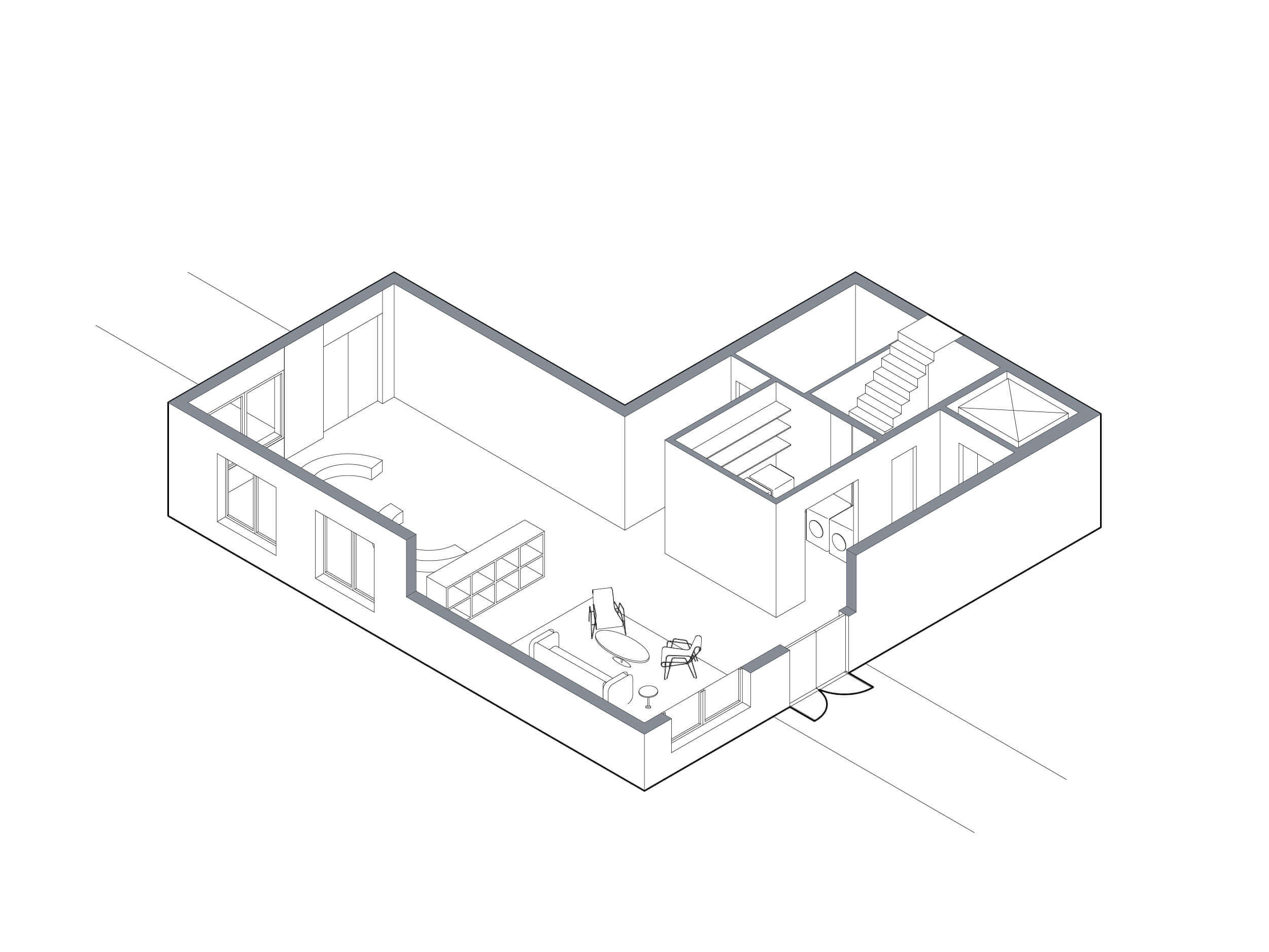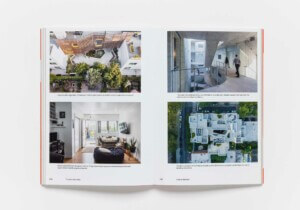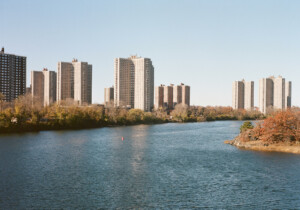This past spring, a team of students from Yale University won the 2020 Housing and Urban Development (HUD) Innovation in Affordable Housing (IAH) Student Design & Planning Competition for a housing proposal for Santa Fe, New Mexico. The team’s entry features a colorful, tiered design that references local Pueblo-style architecture and a funding model that combines Low-Income Housing Tax Credits (LIHTC) and a limited-equity co-op structure.
The annual IAH competition, which started in 2014, does not result in a built project. It is instead meant to spur students to develop new ideas for the future of affordable housing that authorities can potentially incorporate into future projects.
For the 2020 competition, HUD’s Office of Policy Development and Research partnered with the Santa Fe County Housing Authority to solicit designs for a 1,200-square-foot site in Santa Fe. Yale School of Architecture (YSoA) students Helen Farley, Kelley Johnson, and Jackson Lindsay, along with Yale School of Management student Eva Leung, formed a team in late 2019 that bested three other finalists from the University of Michigan, Ann Arbor, and the University of California-Berkeley, as well as the runner-up team from the University of Maryland, College Park. YSoA professor Alan Plattus was the faculty advisor for the winning team.
The YSoA students, who were all classmates, formed the team after a graduate studio sited near the George Washington Carver Houses, a public housing development in New York City, inspired a shared interest in affordable housing, and the annual competition seemed like a way to dig into the subject in a way academic exercises don’t always allow.
“Affordable housing is a complex typology of building because there are so many budget and timeline limitations, and there is often a fissure between those developing the project, and those who are occupying the project,” Johnson said. “This project seemed like a perfect balance between innovation and practicality.”
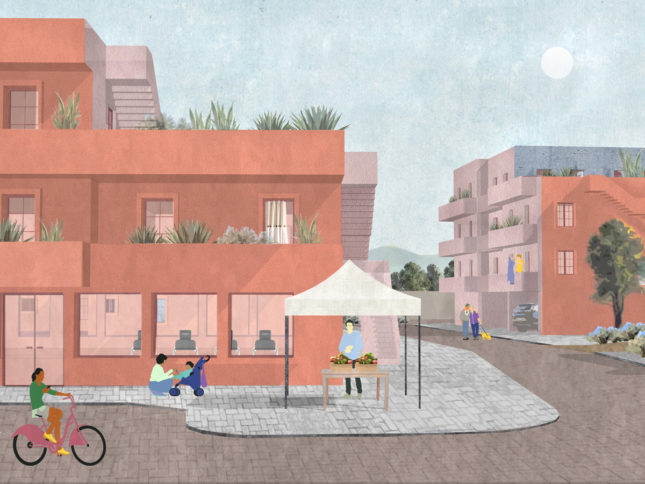
Lindsay added that, “The unfortunate thing about architecture school is that you might have very little contact with community stakeholders.”
The IAH competition, however, flew the four finalist teams to Santa Fe in March to meet with local housing advocates and planners, which spurred the team to change how it thought about the project’s financing. Though the visit was only for a couple of days and didn’t include much contact with residents of the city’s public housing system, it did change how the team members thought about their design.
“We began thinking about how we might design in policy or financing measures to ensure the long term vitality of the project, which resulted in our model for shared equity,” said Farley .
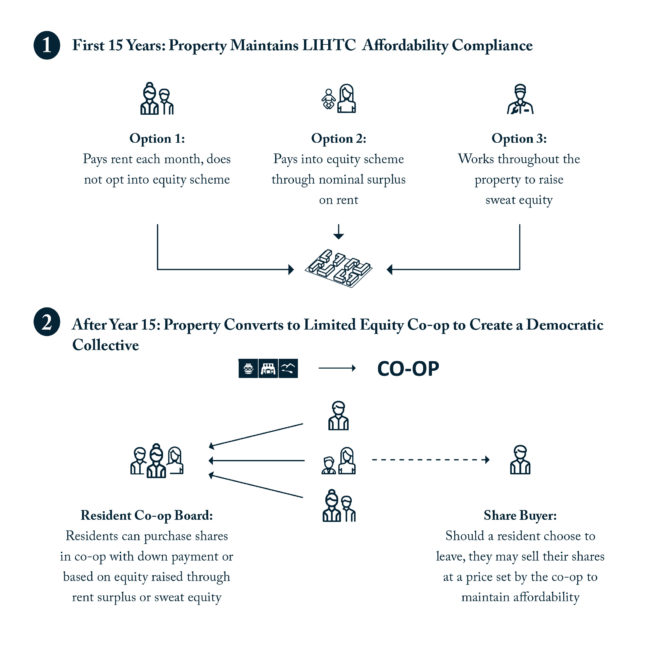
In the team’s final proposal, the project would be funded by LIHTC for 15 years, during which time renters could buy equity either through monthly payments or regular labor on site. After those first 15 years, the development would then convert into a limited equity co-op owned by those tenants who decided to buy into ownership. The team believed that this innovative approach to financing was part of what led to their win in the competition, which requires a multidisciplinary team that innovates in all aspects of the project’s design.
The team’s New Mexico visit also led the designers to reconsider the project’s physical contours, as well. They prioritized community spaces like exercise or laundry rooms, making them hinges between residences “so [residents] can share in the idea of communal labor and community gatherings around what might otherwise be seen as domestic labor,” Lindsay said.
Though the design won’t be built, the YSoA team was awarded $20,000.






